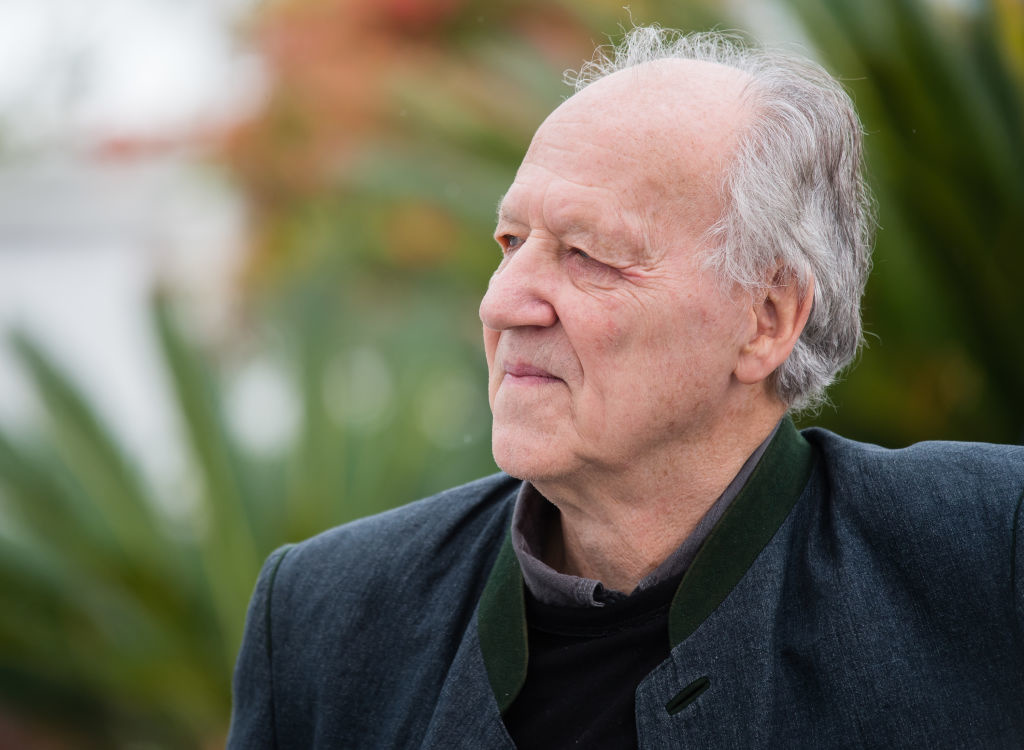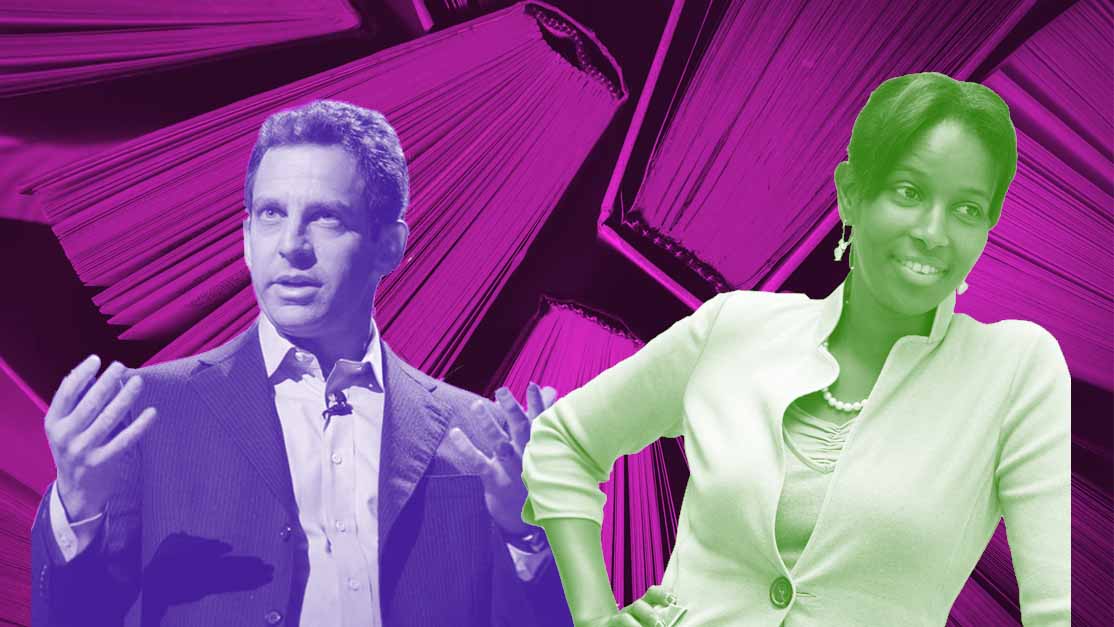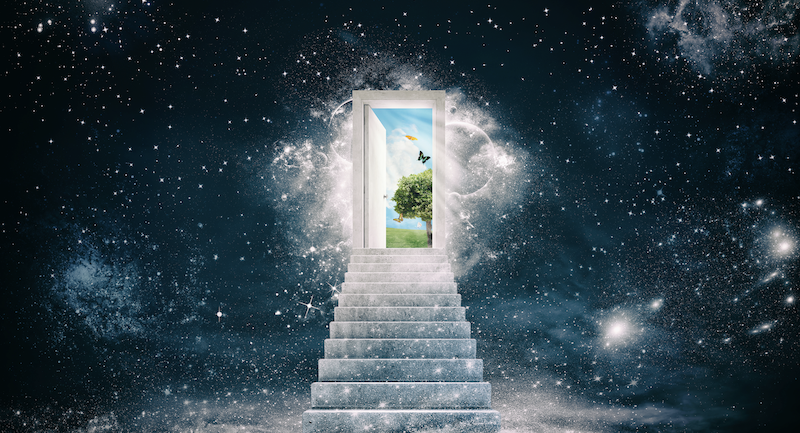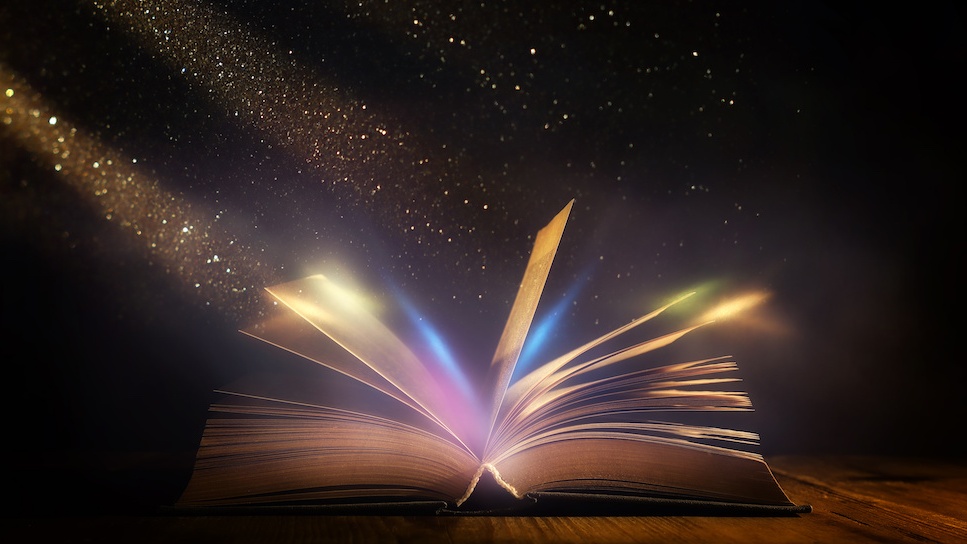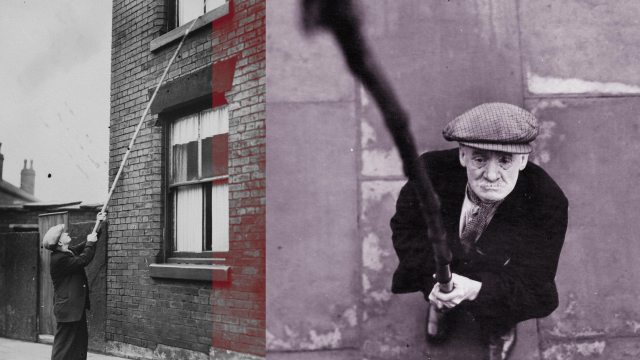7 great but notoriously hard-to-finish books
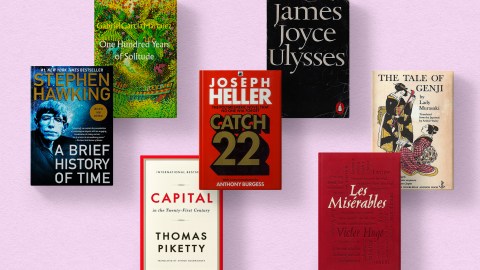
- A Brief History of Time by Stephen Hawking sold 25 million copies, but few people actually read most of it.
- Many highly regarded books are simply difficult to read, for various reasons.
- Here, we consider seven notoriously hard-to-finish books that are worth the extra effort.
Certain books are better known for being hard-to-finish rather than widely read. While taking the time to sit down and work through a difficult book can be a big ask, the rewards for doing so are often great. Furthermore, the experience of absorbing great literature or learning from a heavy tome can be a prize in and of itself.
Today, we’ll look at seven famously difficult books — and why you should read them, anyway.
A Brief History of Time
“The whole history of science has been the gradual realization that events do not happen in an arbitrary manner, but that they reflect a certain underlying order, which may or may not be divinely inspired.”
Stephen Hawking’s bestselling book on cosmology dives into the history of human understanding of the Universe, explains our current models for how everything works, and discusses the areas where physics is going in an accessible and witty manner. While covering some esoteric topics, the book famously contains only a single mathematical equation, E = mc2.
Despite selling 25 million copies, the book is the namesake for the Hawking Index — a not entirely scientific measure of how much of a book people will read before quitting. The index measures the five most highlighted portions in the Amazon Kindle version of the book for how close they are to the beginning. The idea is that the closer these are to the beginning, the less likely it is that most readers make it to the end of the book. Hawking’s book scores 6.6% on the index, suggesting that most who pick it up never finish — or even get close to finishing it.
Those who do finish it not only get to enjoy Dr. Hawking’s famed wit but also come to understand how human reason has evolved and, with it, our conception of our place in the Universe. If that’s not a good reason to finish a book, then what is?
One Hundred Years of Solitude
“Many years later, as he faced the firing squad, Colonel Aureliano Buendía was to remember that distant afternoon when his father took him to discover ice.”
The multi-generational story of the Buendía family of Macondo, Colombia, penned by Gabriel García Márquez, has sold 50 million copies and can be read in dozens of languages. It is considered the masterpiece of its author and one of the best works of literature to come out of Latin America.
The book has a complex storyline and is open to several interpretations of its central themes. It provides both a linear plot and alternative ways of looking at how time functions for the various characters. The magical realism gives us both fantastical events in a fictional town alongside real events influencing a family history, which can be confusing for those unfamiliar with the genre.
However, the book has earned its praise for a reason. Pulitzer Prize winner William Kennedy went so far as to say it should be “required reading for the entire human race.”
Ulysses
“Love loves to love love.”
A classic of modernist literature that follows a man around Dublin on a typical day, Ulysses by James Joyce is one of the go-to examples of a literary masterpiece that is terribly difficult to read while also being held in high regard by those who manage to do it.
The book is written in a stream-of-consciousness style — perhaps the best example of it there is — that can be difficult and tiring to work through if you are unprepared. It is also a long text, coming in at 265,222 words. (The average novel is less than half of that.) The shifting styles of writing that reflect the changing states of mind of the main characters can also be confusing.
Ulysses, by virtue of its stream-of-consciousness style, gives us a look into the lives of its characters as they are lived rather than just how they are observed. In addition, the richness of the connections between different parts of the text and its allusions to other works helps give it a sense of wholeness, making the reader feel like they have a connection to places and events that they have only seen through the characters’ eyes.
But if you can’t finish it, don’t feel too bad. British author Virginia Woolf — who used stream-of-consciousness herself — got 200 pages in and then decided she couldn’t be bothered to get through the rest.
Catch-22
“They don’t have to show us Catch-22,” the old woman answered. “The law says they don’t have to.”
“What law says they don’t have to?”
“Catch-22.”
A novel written by Joseph Heller about a U.S. Army Air Corps bombardier during the Italian campaign in WWII, Catch-22 explores the madness inherent in every bureaucracy, the comedy found inside every tragedy, and the paradoxes that every life includes that cannot be addressed by logic alone. The novel is the direct source for the term “Catch-22” (a situation in which contradictory rules prevent a resolution) and the inspiration for the term “black comedy” (which was first used to describe the novel).
The book is famously confusing with opaque language, an extremely non-linear plot, and story elements that alternate between highly grounded, bizarre, and horrific with great speed. Despite this, Harper Lee, author of To Kill a Mockingbird, said that Catch-22 was the only war novel she ever read that made sense. It is also hilarious and can help readers come to terms with absurdity and moral grayness in their own lives.
Les Misérables
“If we would take a little pains, the nettle would be useful; we neglect it, and it becomes harmful. Then we kill it. How much men are like the nettle! My friends, remember this, that there are no weeds, and no worthless men, there are only bad farmers.”
Written by Victor Hugo, this is the tale of Jean Valjean, a group of young revolutionaries, a young girl named Cosette, and a determined policeman who views the world in black and white as they navigate life in France as it transitions out of the post-revolutionary era.
The text is a massive 545,925 words, and much of the book is unconnected to the main plot line. These chapters contain discussions on topics such as monasteries, architecture, French history, and the Parisian sewer system. That many choose instead to watch one of the movie versions — which can still be up to five hours long — is unsurprising.
Despite the length of the text and sections that are so disconnected from the plot that even Hugo names the chapters “Parenthesis,” the full version of the book rewards any reader willing to consider every chapter. The subjects covered apply to humanity at all times in all places, while the questions raised almost certainly bother the reader as much as they do the characters.
The Tale of Genji
“’No art or learning is to be pursued halfheartedly,’ His Highness replied, ‘…and any art worth learning will certainly reward more or less generously the effort made to study it.’”
Authored by Murasaki Shikibu, this is a story exploring the lives of the members of the Japanese Imperial Court and has a claim to being the first novel ever written. Tracing the fall of a prince as he is demoted to a member of the common rabble, the book gives us an in-depth look at a world long vanished.
The original text that we have, part of which appears to be lost, is in a long-dead version of classical Japanese. It is only in modern times that translations of the text into contemporary Japanese and English have given the book a wider audience. The original text does not name the characters, expects the reader to fully understand 11th century Japanese poetry, and has so many homophones that many readers are left unable to understand what’s going on. Attempts to translate the work must balance faithfulness to the original text with a desire for readability — a tightrope walk that often satisfies no one.
For those who find a translation they like, the book not only provides an inside account of classical Japan but also a sense of how the medium of the novel has evolved over the last thousand years.
Capital in the Twenty-First Century
“To put it bluntly, the discipline of economics has yet to get over its childish passion for mathematics.”
An examination of modern capitalism through history and political economy lenses, Capital in the Twenty-First Century by Thomas Piketty set off a firestorm of debate when it was first published in 2013. In the years since its publication, a number of follow-up books, including some by Dr. Piketty himself, have explored the foundations and implications of this text’s fundamental thesis — namely, that returns on investments are higher than wages and likely will continue to be.
The book can be a bit dense for those who have not studied economics; it scores even lower in the Hawking Index than A Brief History of Time, coming in at 2.4%. It is nearly 600 pages long and covers economic history, an infamously dry subject.
However, the book still has the power to help readers understand modern economic and social problems and can provide a course in the history of modern economies. While Dr. Piketty has tempered the positive reception of the book and the theory put forward in it by reminding us of how messy economics can be, it remains a vital tool for understanding the world we live in.
